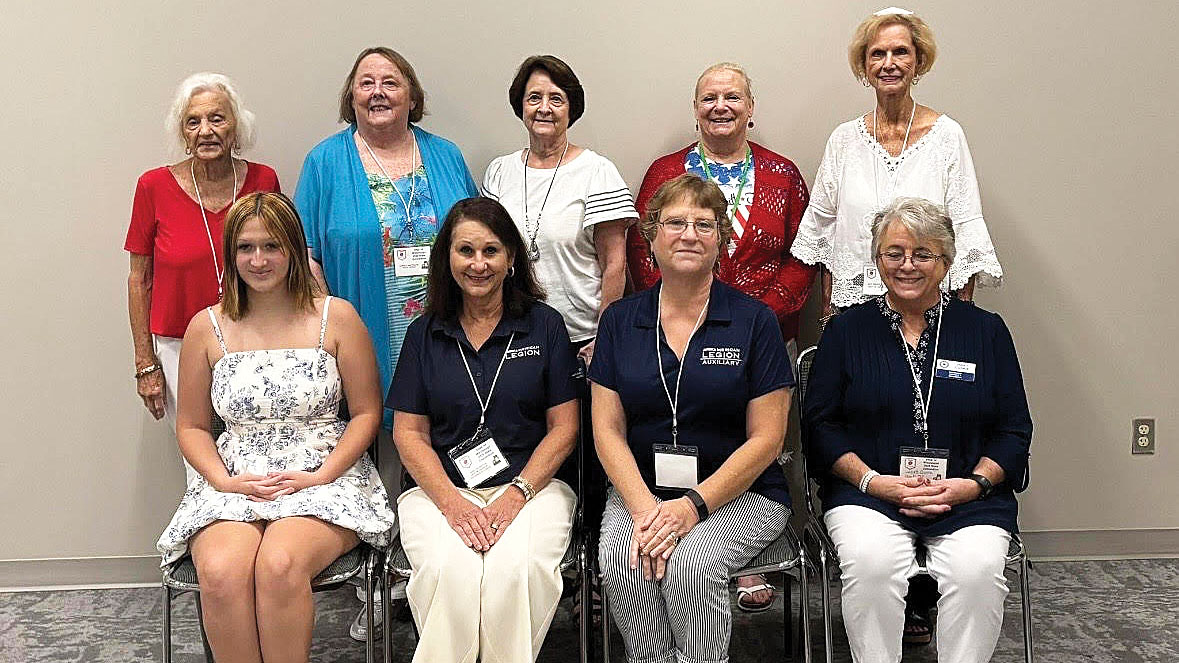A couch surfer, 1 step away from the woods
Published 8:22 pm Tuesday, February 19, 2019
The Coast’s Beach Boulevard is hailed as one of the most scenic byways in the United States. The Gulf of Mexico sits on one side and huge live oaks shading multi-million-dollar homes are on the other. But along the way, there are empty lots, swept clean by Katrina in 2005. Some call it a “boulevard of broken dreams.”
That brokenness may account in part for the area’s high foster care numbers. A quarter of all children in custody in Mississippi live in one of the coastal area’s three counties. What happens as those kids transition out of foster care?
I visited with Diane Easley of Community Care Network to find out. That ministry’s residential shelter for women and children sits about three miles from the beach in Ocean Springs.
Trending
As we sat inside a spacious living area, she told me about a homeless population study conducted on a single day in 2016. Volunteers visited soup kitchens, libraries, and the woods to get a census.
“It gives us a snapshot of the day, but we can extrapolate from that,” the soft-spoken grandmother told me. “We realized we had an increase in homelessness among 18 to 24-year-olds.”
It was no small jump. A year-long study that tracked client services for the homeless showed the numbers for that age group grew some 500 percent in one year. They also learned many in this group had something else in common: They were former wards of the state. More than one-third of all youth who age out of foster care experience homelessness as they move into adulthood.
Last year, the Coast’s homeless coalition helped house 67 of those young adults. Some, like one dropout who attended seven schools in one year, lived in the woods. Easley said others were from a nearby college campus: “We have two clients right now that the community college system called us about. They said, ‘This kid is trying so hard, but he has nowhere to sleep at night.’”
The group also gets referrals from law enforcement, doctors, and pastors. “Caseworkers with the youth court system who will call us and go, okay, I’ve got somebody who’s going to be in trouble in six months. They’re going to be out,” said Easley. “And what we want to do is go ahead and establish a relationship with them before they hit the street.”
Sometimes those relationships are hard to get off the ground. That’s understandable, since foster system graduates often deal with abandonment issues and PTSD. Easley said some don’t even know their fathers’ name: “Many of them are just very angry. They have been hurt by, what they consider, the system, by their families. They’re angry at not having things the way they see other young adults having them. They’re angry at God.”
Trending
That’s why meeting the needs of this age group required a different approach. At 18, they’re not really interested in coming into a shelter with a bunch of other adults or children. One solution moves beyond quick, temporary housing to providing tools needed to function as adults—things like resumes and transportation. Another hurdle? In Mississippi, you can’t sign a lease until you’re 21.
After a young person does secure an apartment, Easley gets the word out to churches: We need a bed. We need a couch. We need salt and pepper. Donors also respond to other calls for help, like in the area of life skills training.
“We’ve literally gone in and said, no, this is the way you clean a bathroom. This is how you mop, this is what needs to be done once a month or once a week.”
That kind of training helped Katie, someone Easley describes as a former “couch surfer, one step away from the woods.” She ended up getting her GED and a welding certificate, and now makes more at the shipyard than anyone on Easley’s staff.
That’s not only good for Katie, but for local municipalities and taxpayers as well. One study found a chronically homeless person can drain more than $30,000 a year from government coffers. That figure includes the cost of emergency room visits, jail stays and the salaries of law enforcement officers.
Katie is just one example of the good work done through the Community Care Network, but Easley won’t take credit for the ones who make it. Nor does she beat herself up over those who don’t.
“The main thing is they’re looking for some kind of an answer. They’re either going to find it at the right place, or at the wrong place. So, we as a faith congregation have got to open our eyes and accept those people that don’t look like they’re looking for answers. They are. They are.”
Kim Henderson is a freelance writer. Contact her at kimhenderson319@gmail.com.





